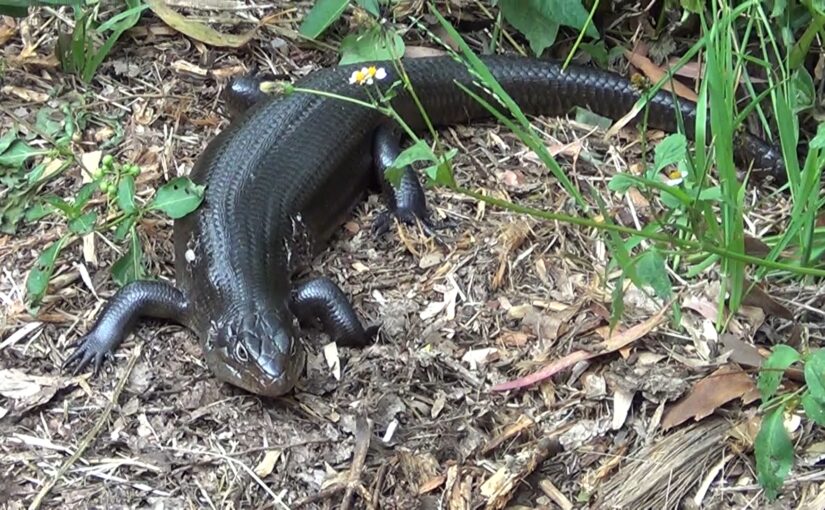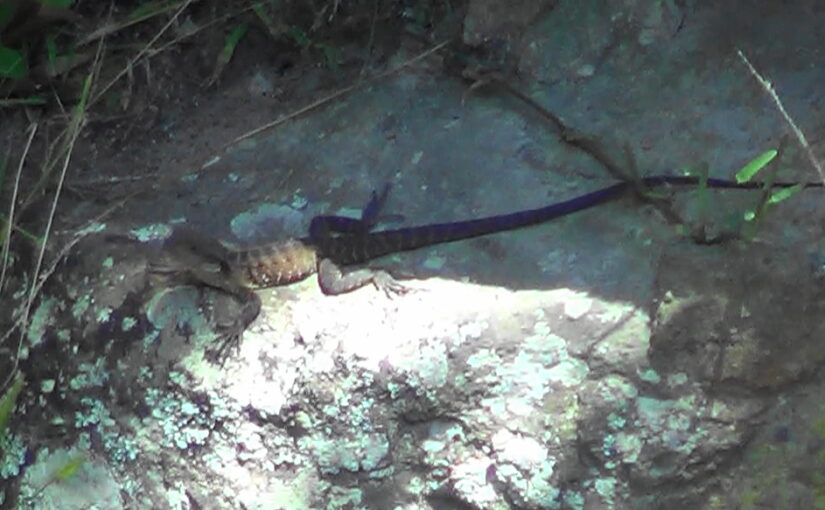As the weather warms up, the reptiles are seen more often. We often have multiple water dragons at the front of the reserve and throughout. They have probably always been there but for the last few years, the land mullets have become more comfortable and at least one is seen regularly.
I don’t see the two species fight but they do appear to keep a distance from each other so I assume they must fight every now and again.
Here is a short video that was taken on a day when I could easily see a few from my balcony…

